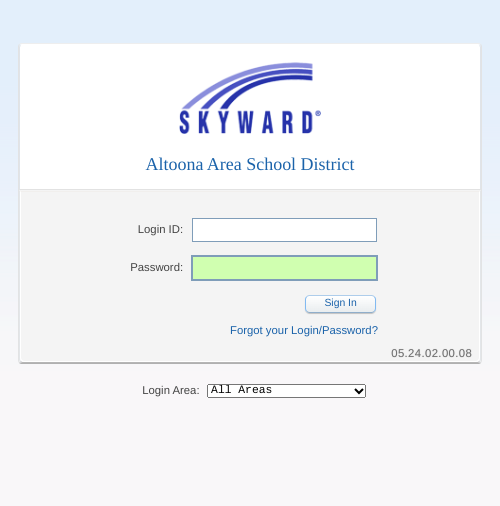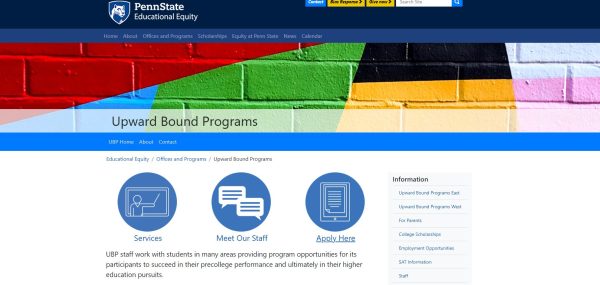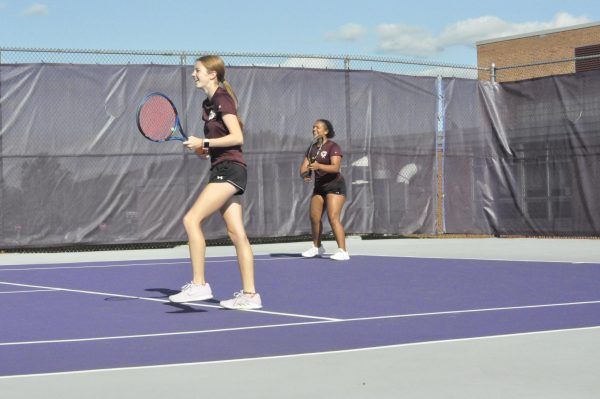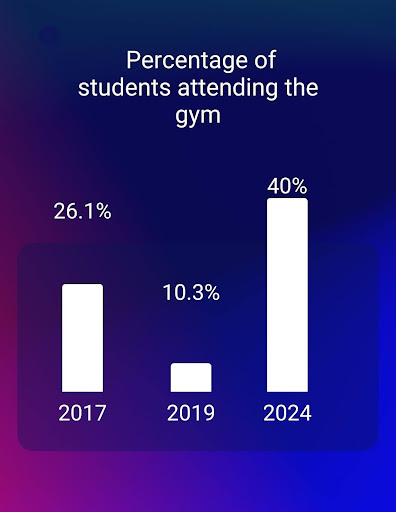Summer break should be organized differently
In and out. Students will enter and exit through these doors countless times throughout the year. Summer break is the only significant reprieve students will have.
High school students often look forward to summer break as a time to relax and recharge, but a long, unstructured break can be detrimental to their academic growth, mental well-being and career readiness.
The break in instruction can cause students to lose valuable knowledge and skills, leading to a phenomenon known as “summer slide.” Research on Brooking.edu on the topic shows that students can lose a large portion of what they’ve learned over the school year if they don’t engage in educational activities. This can be especially detrimental to low-income and minority students, who may not have access to the same resources and enrichment opportunities as their more affluent peers. This can cause a gap in their education and make it difficult for them to catch up to their peers in the next school year.
The lack of structure during the summer can also be harmful to students’ mental health. Without the routine and social interactions of school, students can feel isolated and disconnected. This can lead to increased anxiety and depression. It can be especially critical for students who are already struggling with mental health issues, as the unstructured summer can exacerbate their condition.
Additionally, the long summer break can be detrimental to students’ career readiness. Many students lose valuable opportunities to gain work experience and develop important skills during the summer break. This puts them at a disadvantage when they enter the job market or apply to college.
However, it’s also important to consider the argument that students need a break from the structure and pressure of the school year. A long summer break can give students the opportunity to pursue their own interests, relax and recharge and spend time with their families.
To balance these competing considerations, one solution is to offer summer school options, such as credit recovery or enrichment classes, but on a voluntary basis. This allows students to continue their education and stay engaged in learning if they choose to, but also gives them the option to take a break if they need it. Another solution is to provide opportunities for students to participate in volunteer or internships which can provide structure and social interactions as well as valuable skills and experiences. These programs can be tailored to the students’ interests and career aspirations, and can expose them to new opportunities and perspectives. These opportunities can be especially beneficial for students from low-income backgrounds as they can help bridge the gap and provide access to resources and experiences that they otherwise would not have.
One alternative to a normal summer break would be to, rather than one long break, to have shorter breaks placed throughout the school year. Using this alternative, the summer break would be divided into multiple two to three week breaks at the end of each marking period.
This system would allow for a break in stress for students periodically. It would also be short enough that any form of learning loss would be almost entirely eradicated.
Another solution would be to provide mentorship programs where students can be mentored by professionals and learn valuable skills. These programs can be tailored to the students’ interests and career aspirations, and can expose them to new opportunities and perspectives. These mentorship opportunities can provide students with an insight into different careers and industries, helping them to make more informed decisions about their future education and career path.
Providing opportunities for students to take online courses, either through their own school or through online education providers, can allow students to continue learning and engaging their minds, while also giving them the flexibility to pursue other interests and activities. Offering a range of extracurricular activities and programs, such as sports, arts and music, can also provide structure and engagement for students during the summer. These activities can help students develop important skills such as teamwork, leadership and creativity.
Rethinking the traditional high school summer break can have significant benefits for students. By providing a balance of structured educational and social opportunities and unstructured time for relaxation, there is hope to prevent the summer slide and promote positive mental health. This will help students to be better prepared for the next school year and to be more successful in the long term.

This is my second year on the newswriting staff. I mostly write opinion columbs on topics that I find important. This year, I plan to start a podcast with...












